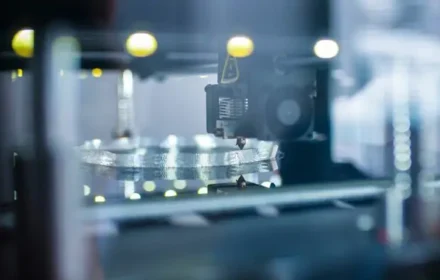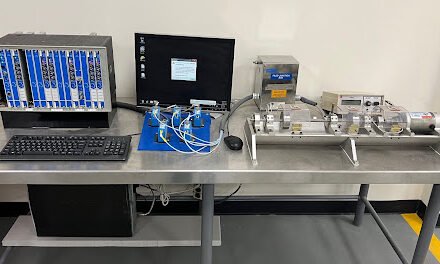Introduction
Selecting the right PLC/DCS system is critical for industrial automation efficiency. This guide simplifies the decision-making process by breaking down technical, operational, and financial factors. Follow these steps to align your system with long-term goals.
Step 1: Assess Your Operational Requirements
First, define your production scale, process complexity, and industry-specific needs. For example, discrete manufacturing favors modular PLCs, while continuous processes require robust DCS architectures. Prioritize real-time data handling and redundancy features.
Step 2: Compare System Compatibility and Protocols
Next, ensure hardware and software compatibility with existing infrastructure. Check communication protocols like Modbus TCP, Profinet, or OPC UA. Avoid data silos by confirming third-party device integration capabilitie
.
Step 3: Evaluate Scalability for Future Expansion
Additionally, plan for future upgrades or capacity increases. Opt for systems supporting modular add-ons or cloud-based SCADA integration. Scalability minimizes costly overhauls as operations grow.

Step 4: Analyze Vendor Support and Lifecycle Costs
Moreover, assess vendor reliability, technical support, and firmware update policies. Calculate total ownership costs, including licensing, maintenance, and training. Choose partners with proven expertise in your sector.
Step 5: Test System Performance in Real-World Scenarios
Finally, validate your choice through pilot testing or simulations. Monitor response times, error rates, and failover mechanisms. For instance, automotive assembly lines demand sub-millisecond PLC cycle times
.
Conclusion
By following this structured approach, you can optimize control system performance while reducing risks. Always balance technical specifications with operational and budgetary realities to ensure sustainable success.






